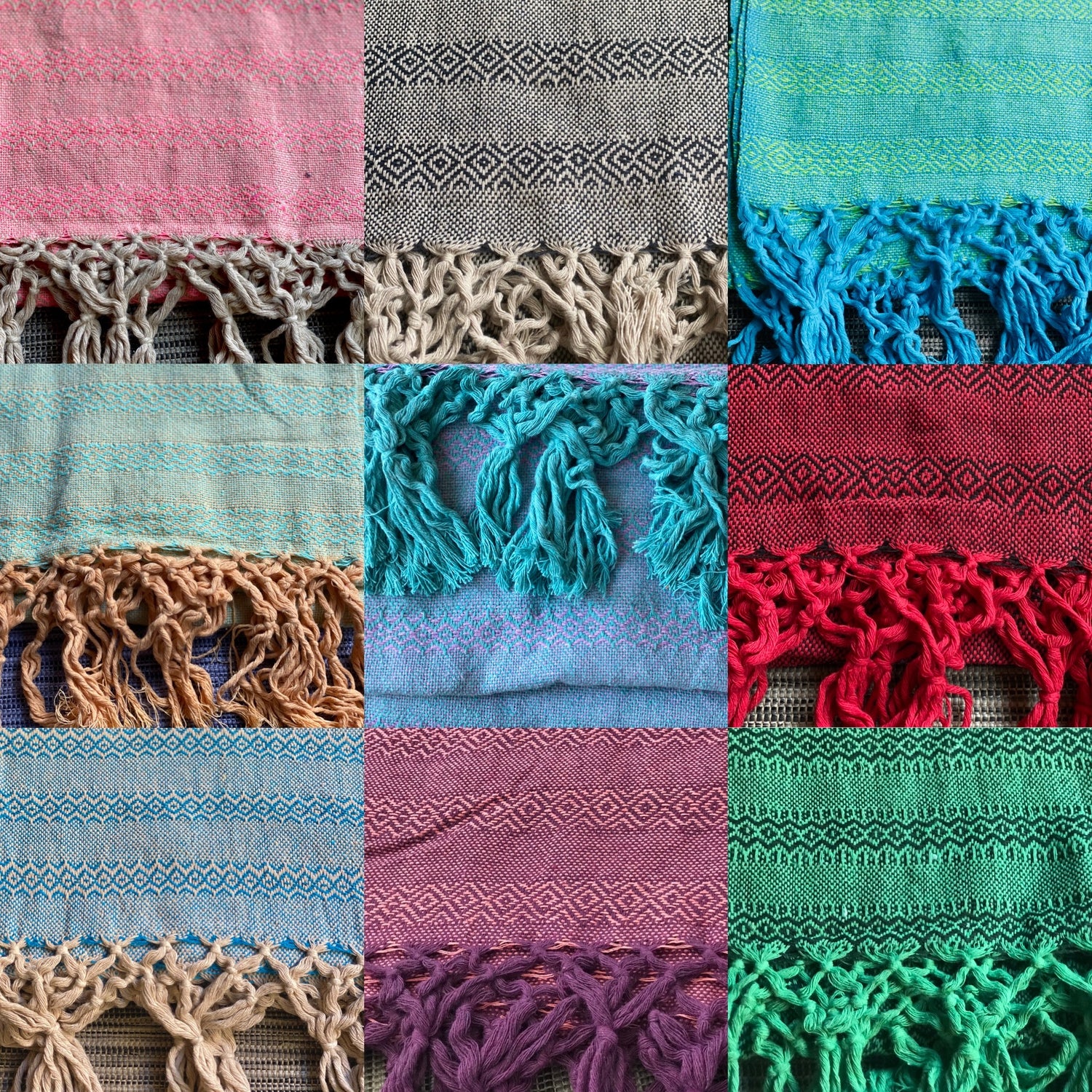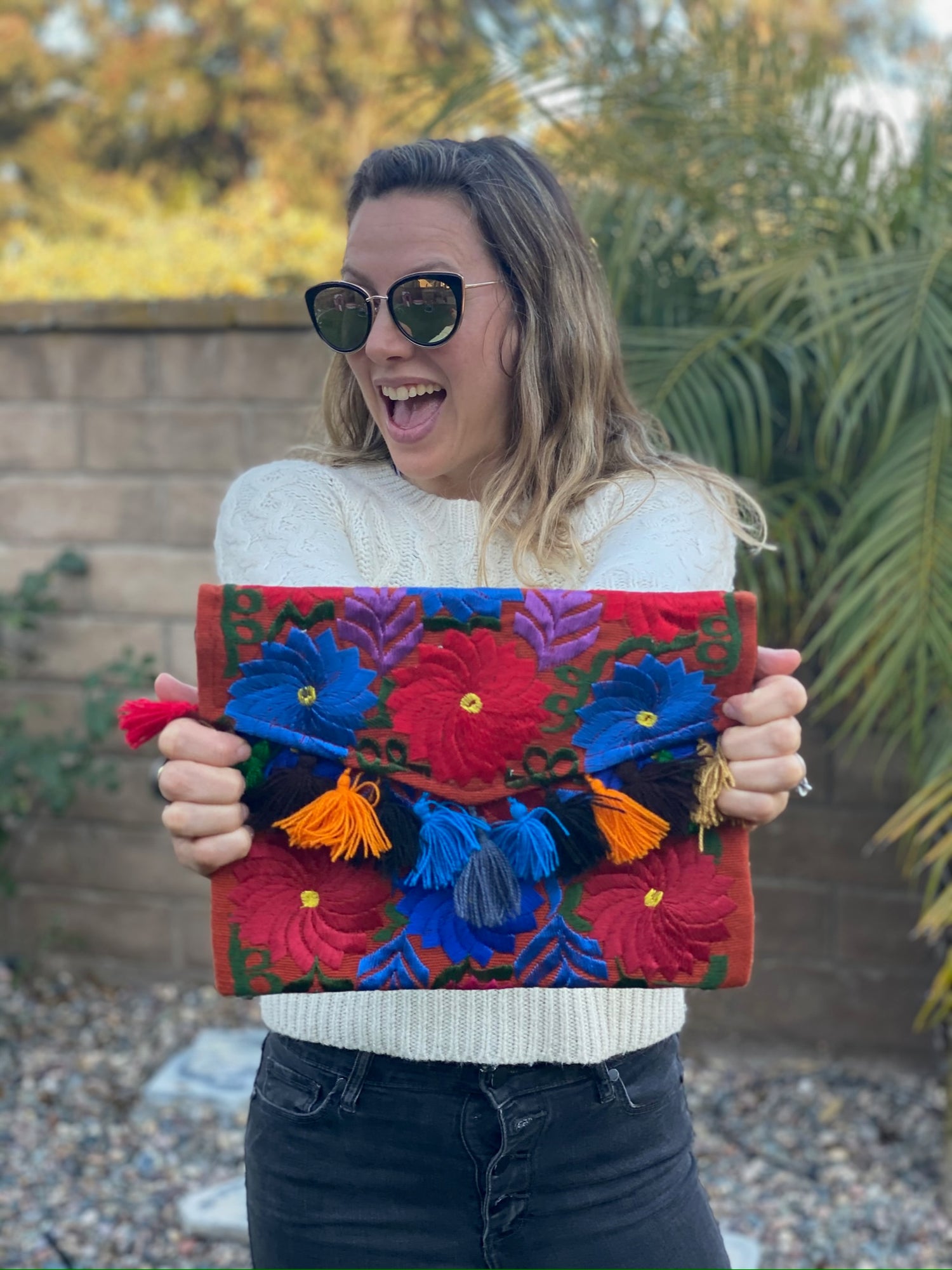The rebozo is much more than a traditional shawl; it is a powerful symbol deeply rooted in Mexican culture.
In Mexican cinema and popular media, the rebozo represents identity, heritage, and the everyday lives of women.
Through its colorful patterns and unique designs, the rebozo tells stories that resonate with viewers, connecting them to a rich cultural tapestry.

In films and television, the rebozo often appears in significant scenes, adding depth to characters and highlighting their backgrounds.
As you explore various forms of media, you will see how this garment reflects the pride and resilience of Mexican women.
The rebozo's presence in popular songs and art further emphasizes its importance in showcasing the beauty of Mexican traditions.
By delving into the rebozo's role in pop culture, you will gain insight into how it shapes and influences perceptions of Mexican identity.
From classic films to contemporary art, the rebozo endures as an emblem of both personal and national pride.
Key Takeaways
- The rebozo symbolizes Mexican culture and women's identity.
- Its presence in media enriches narratives and character development.
- Understanding the rebozo deepens appreciation for Mexican heritage.
The Cultural Significance of the Rebozo in Mexico

The rebozo is a vital piece of Mexican culture deeply rooted in history. Its use has evolved through centuries, reflecting changes in society, fashion, and festivals.
This section explores its historical significance, its role in fashion, and its symbolism in daily life.
Historical Roots and Evolution
The rebozo originated in pre-Hispanic Mexico, created by indigenous women using cotton and agave fibers. This garment was essential for daily life, serving multiple practical purposes.
During the Spanish colonial period, its appearance evolved as new techniques and materials were introduced, blending different cultural influences.
By the time of the Mexican Revolution, the rebozo became a symbol of resistance and identity. Mestizo women used it to demonstrate cultural pride and femininity. Figures like Empress Carlota popularized the rebozo in fashionable circles. Today, it remains a testament to Mexico's rich history.
Rebozo in Traditional and Contemporary Fashion
In traditional settings, the rebozo is often worn during significant cultural events, including weddings and holidays like Mexican Independence Day. It is appreciated for its elegance and practicality, easily wrapped around the body or used as a baby carrier.
Contemporary Mexican fashion designers, including Frida Kahlo, Lila Downs, and Carmen Rion, have incorporated the rebozo into modern designs.
These designers highlight its beauty while promoting awareness of its cultural significance. As a result, you will see the rebozo featured in both traditional clothing and high-fashion collections, bridging the past and present.
Symbolism and Usage in Festivities and Daily Life
The rebozo symbolizes Mexican nationalism and femininity. It embodies modesty and comfort, making it a cherished garment for everyday wear.
You will find it in various colors and designs, reflecting personal and regional identities.
During celebrations, the rebozo is often worn as a visual expression of cultural heritage. Whether at a wedding or a festival, it serves as a beautiful connection to history.
Its presence during significant events highlights the emotional ties you may have to your culture and traditions.
The Rebozo in Mexican Cinema and Popular Media

The rebozo has played a significant role in Mexican cinema and popular culture. It serves as a symbol of identity, craftsmanship, and femininity.
This section explores its appearances in films, music, and art, spotlighting influential figures and contemporary interpretations.
Iconic Appearances and Influential Personalities
In Mexican cinema, the rebozo is often presented as a powerful symbol of tradition and femininity. Legendary actresses like María Félix wore it in films, showcasing its elegance and cultural importance. Félix's portrayal of strong female characters often included the rebozo, making it an emblem in her films.
Frida Kahlo, an iconic artist, also embraced the rebozo in her life and work. Photographs of her often feature this garment, reflecting her cultural roots. It has become synonymous with her identity, enhancing her legacy in art and pop culture.
Contemporary Interpretation and Influence
Today, the rebozo continues to inspire designers and artists. Fashion shows often highlight it, with designers like Zandra Rhodes blending traditional elements into modern clothing.
Such interpretations keep the rebozo alive in contemporary fashion, demonstrating its versatility.
Art exhibitions, like those at the Franz Mayer Museum and the Fashion and Textile Museum, showcase the rebozo's relevance. These exhibits educate the public about its historical significance and inspire new forms of art.
The Rebozo in Artistic Expression and Public Perception
In popular media, the rebozo features prominently in music and visual arts. Children's songs often incorporate it, celebrating Mexican culture. Additionally, prominent photographs and gallery shows capture its beauty and craftsmanship.
Public perception of the rebozo has evolved, yet it remains a cherished cultural artifact.
Its presence in media promotes a sense of pride in heritage for many. As a result, the rebozo endures as a symbol of Mexican identity and creativity, continually linking the past with the present.
Frequently Asked Questions

The rebozo is an important symbol in Mexican cinema and pop culture, often reflecting deeper cultural themes. This section addresses common queries regarding its representation and significance.
How has the rebozo been represented in Mexican film?
In Mexican film, the rebozo often appears as a symbol of heritage and identity. It serves to connect characters to their cultural roots and can evoke nostalgia for traditional lifestyles. Various films utilize the rebozo to showcase the struggles and triumphs of women.
What are the cultural significances of the rebozo within Mexican pop culture?
Within pop culture, the rebozo represents tradition, femininity, and resilience. It transcends mere fashion; it tells stories of generational connection. Events like festivals or Independence Day celebrations frequently feature the rebozo, emphasizing its importance in everyday life.
How have depictions of the rebozo in cinema affected its perception and use in society?
Cinema has elevated the rebozo's status, reshaping perceptions of its role in modern society. Through various portrayals, audiences often perceive the garment as a timeless accessory that bridges the past and present, inspiring renewed interest in its traditional uses.
What historical events have influenced the prominence of the rebozo in Mexican visual media?
Historical events such as the Mexican Revolution have highlighted the rebozo. During this time, women used the garment not only for cultural expression but also for practicality during tumultuous times. Its representation in media often recalls these pivotal moments in history.
In what ways do Mexican filmmakers utilize the rebozo to convey character or narrative?
Filmmakers often use the rebozo to deepen character development or highlight specific narratives. For example, it can symbolize a woman's strength or her connection to cultural heritage. The way a character wears or interacts with the rebozo can reveal much about her identity and story.
How does the portrayal of the rebozo in popular media reflect the changing roles of women in Mexico?
The portrayal of the rebozo reveals changing roles of women, showcasing empowerment and independence.
As Mexican women’s roles evolve in society, the rebozo adapts, moving from a symbol of domesticity to one of strength.
This shift is often mirrored in films and popular media, reinforcing women’s evolving identities.




